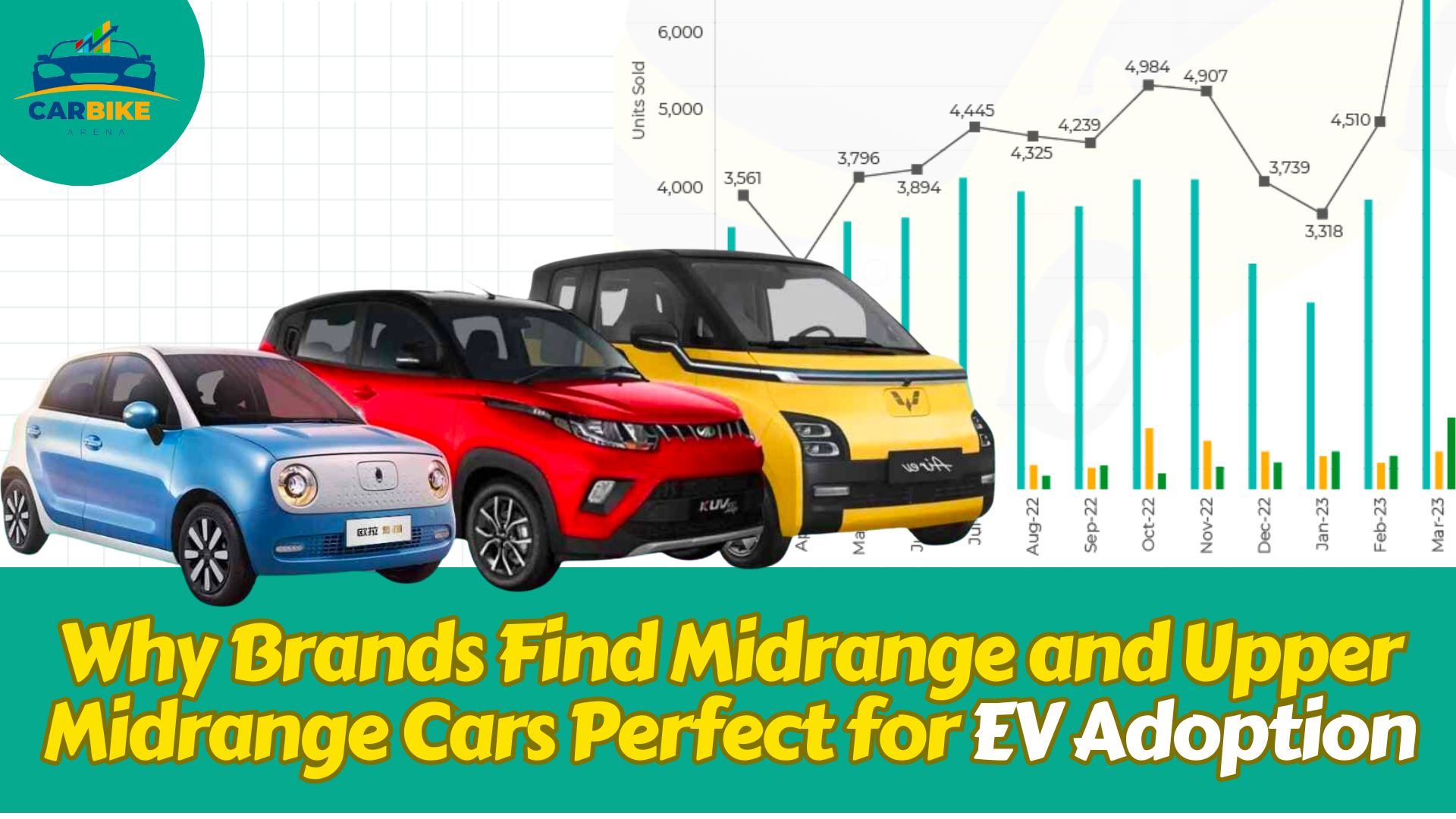The reason why auto manufacturers prefer mid and high end electric vehicles (MIDs) is that they have better margins than low end EVs. Lower end EVs are often small and cheap, so car makers make less money per unit. Consequently, in lower end category of electric vehicles (EV), the automakers will be operating at a loss.
Car markers’ preference for middle or high-end electric vehicles can be attributed to their wider margins as compared to other brands. However, the smaller sized and cheaper EVs tend to bring in lower returns on investment for automakers. This means that lower end category of electric vehicles (EVs), the automakers will be operating at a loss.
Here are some reasons why brands may concentrate more on midrange and upper-midrange electric cars.
Some reasons why brands might focus on electric cars in the middle and upper-middle range.
Profit Margins: Midrange and upper-midrange electric cars largely have higher profit margins as compared to low-range models. Manufacturers may aim at these segments to achieve maximum revenues and profitability.
Target Audience: The midrange and upper midrange segments usually attract a larger group of consumers who are ready to pay more for extra features, performance, and range. Manufacturers may focus on such customers to take up a bigger slice of the market.
Technology and Features: Midrange and upper midrange models often come with advanced technologies as well as premium characteristics. Manufacturers may give prominence to these areas so that their technological competencies can be featured and they can have an edge over others in terms of competition.
Range Anxiety Mitigation: Low-range electric vehicles might face issues related to range anxiety, a condition where one fears that their electric car would run out of power before finding a charging station. Midrange models as well as those at the top end coming with longer ranges help alleviate this fear and make EVs more appealing to wider audiences.
Brand Image: Manufacturers should develop mid-range and high mid-range electric cars to position themselves as premium, innovative brands. This will improve the brand image in general and attract a higher-value customer base.
Infrastructure Support: The development of charging infrastructure is vital for the widespread adoption of electric vehicles. Highway charging infrastructure might affect a focus on midrange and upper-midrange models that are likely to be used for long distance travel.
Regulatory Compliance: Electric vehicles with longer ranges may be favoured by some regions in terms of regulations and incentives. To comply with such regulations and benefit from incentives, manufacturers may prioritize midrange and upper midrange models.
Market Maturity: Early stages of the electric vehicle market can see producers concentrating on developing midrange and upper midrange models which are more appealing to early adopters and tech-savvy consumers who are willing to invest in cutting-edge technology.
Electric vehicle market dynamics are constantly changing, so manufacturers may adjust their strategies based on changing consumer preferences, technological advancements, and government policies. The latest information can be found by checking industry updates and automaker announcements.

